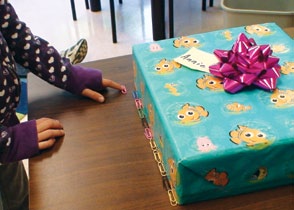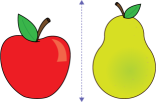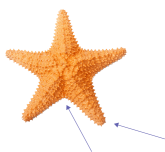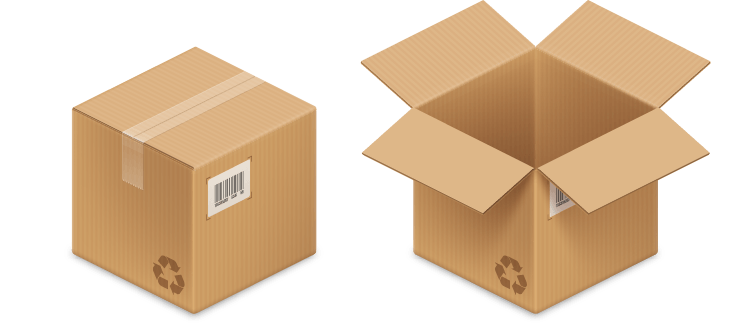E2.1 Identify measurable attributes of two-dimensional shapes and three-dimensional objects, including length, area, mass, capacity, and angle.
Activity 1: Determine the Attribute to Be Measured
The act of measuring involves a series of reflections, decisions and actions that lead to obtaining and communicating an accurate and appropriate measurement for a given context. This involves a series of steps that are the same for all the attributes studied in the primary grades: length, area, capacity, mass and time. Although the number and identification of these steps vary somewhat among researchers, they can generally be articulated in a sequential manner.
Steps in the Act of Measuring
- determine the attribute to be measured;
- choose the unit of measurement;
- determine the measure;
- communicate the result.
Example 1
In order for the student to determine the length of an object "in paperclips," they must have chosen the paperclip as the unit of measurement. Similarly, in order to communicate the length of the object "in paperclips," they must have determined the measurement of the object by comparing its length to the length of the paperclip.

However, some problem situations require only a few steps to be taken, others must be done simultaneously, and still others need not be done at all.
Example 2
The student may measure their friend's length using their shoe without realizing that in doing so, they have chosen the length of the shoe as the unit of measurement.

The first step in any problem situation involving measurement is to determine the attribute of the object to be measured, such as length, area, capacity, or mass. In order to determine the attribute to be measured in a given situation, students must have a clear understanding of the meaning of each of these attributes. Teachers should therefore provide a variety of learning situations that encourage students to consider the various attributes of an object and to choose the one that will allow them to solve the problem.
Example 3
Teachers show students an apple and ask them the following questions:
- What attributes of this apple can help describe it? (Its colour, shape, texture, mass, and size.)
- Which of these attributes can be measured? (We can measure the mass, contour, and size of the apple.)
- What could be measured to determine the size of the apple? (You could measure the width or the height of the apple.)

Teachers place a pear next to the apple and ask students to identify the attribute that will help them determine if the apple is taller than the pear. (The height of the apple.)

Note: Since kindergarten, students have been engaged in activities where they explore multiple attributes of the same object. Teachers should encourage students to communicate their findings using the terminology specific to different attributes. Recognizing and understanding different attributes is essential to determining which attribute or attributes to measure in a given context.
Source: translated from Guide d’enseignement efficace des mathématiques, de la maternelle à la 3e année, Mesure, p. 79-81.
Activity 2: Measurable Attributes
Introduce students to a starfish. Have them observe and touch it. Invite them to discuss with a partner the different measurable attributes of the starfish.
Share the results with all the students in order to highlight their ideas.

- Could the inside of the starfish be filled with sand? (Capacity is not a measurable attribute of a starfish.)
- Can I cover the surface of the star with my hand?
- Could we use a string to measure part of the star?
- Is my shoe heavier or lighter than the starfish?
- I notice that the starfish has five small corners (angles) at the end of its five arms, and five large corners (angles) between its arms.

Activity 3: Measurable Attributes of Three-Dimensional Objects
Jane received a package. Describe how the attributes of the package can be measured.

Strategy
I use concrete materials to measurable attributes of a three-dimensional object.
Length: I can slide my finger from one corner to another to identify a length, or I can use a string to determine the distance between two sides of the box.
Area: I can find the area of one side of the box by covering it with sticky notes.
Mass: I know that the object has a mass when I feel pressure on my arm from holding it.
Capacity: I can find its capacity by pouring glasses filled with sand into the box.
Angles: I can find an angle on the box by placing a pattern block on one of its corners.
Source: translated from En avant, les maths!, 1re année, CM, Sens de l’espace, p. 4-5.
